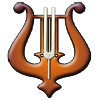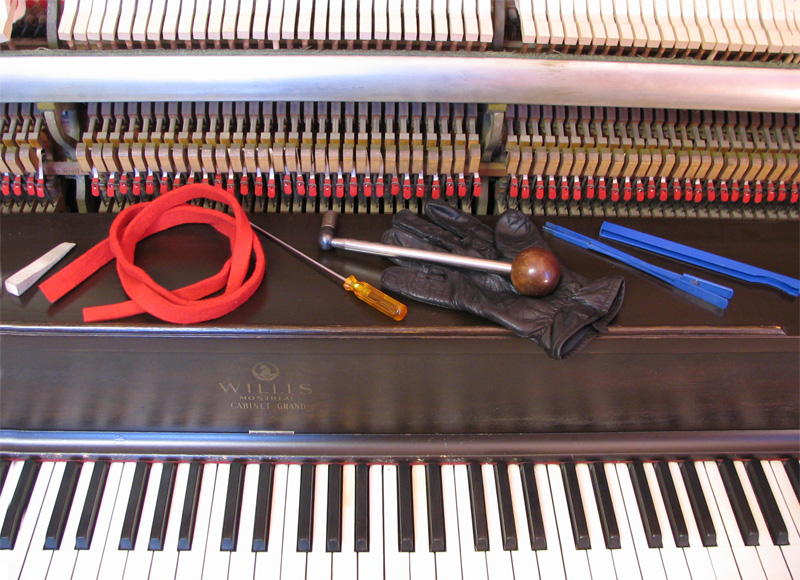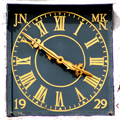The piano is considered the king of all musical instruments. Invented in 1709 by the Italian Bartolomeo Cristofori (1655-1731), it was the first keyboard instrument that was able to produce dynamics that is, to play soft and loud hence its name pianoforte (piano = soft, forte = loud) Cristofori's pianoforte was a rather delicate instrument but since then and with numerous improvements, it has become the rich and powerful piano we know today.
Improvements to its action from the single escapement to double escapement, the increased tension of the strings with the addition of the cast iron plate, the crossing of the bass strings running over the treble strings to permit a longer string length without adding to the total dimension are few examples of its evolution.
Its construction's complexity, the science involved in its design and the delicate balance between forces contributing to its sonority has always intimidate pianists. Although respected by the pianists, the piano remains the instrument least known of his interpreters hence the many myths surrounding its construction.
The consumer searching for a piano have no other choices but to trust the "seller" as the opinion of a pianist and/or teacher is necessarily subjective. The pianist friend is still very useful to judge the sound of an instrument when you can't play it yourself.
THE PURPOSE OF MY APPROACH IS TO ANSWER YOUR PIANO QUESTIONS
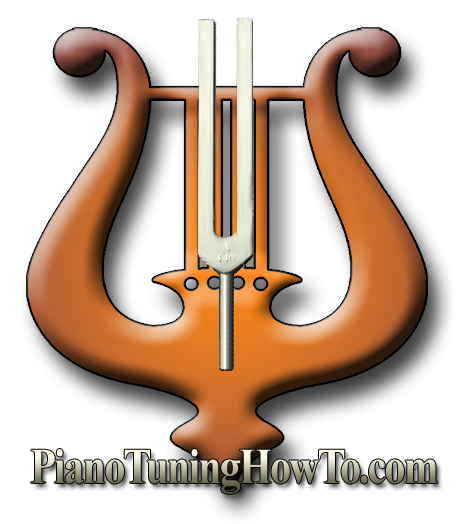
LEARN PIANO TUNING
Is it possible to learn piano tuning from the comfort of your own home?

WHEN TO TUNE YOUR PIANO
A tuned piano is so much more pleasant to play and even more pleasant to listen to.
This video will attempt to explain some of the forces and elements at play that influence the stability of the tuning. In particular, the HANDLING OF THE TUNING LEVER.
Improper tuning lever handling will also prematurely wear out the pinblock in which the tuning pins are placed.
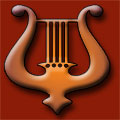
SÉBASTIEN

BRUNO MORTGAT

BERCHMANS
Offer valid only for new email subscribers. Enter your email address and receive 15% off your first order and a promo code will be sent to your inbox. Exclusions apply.
